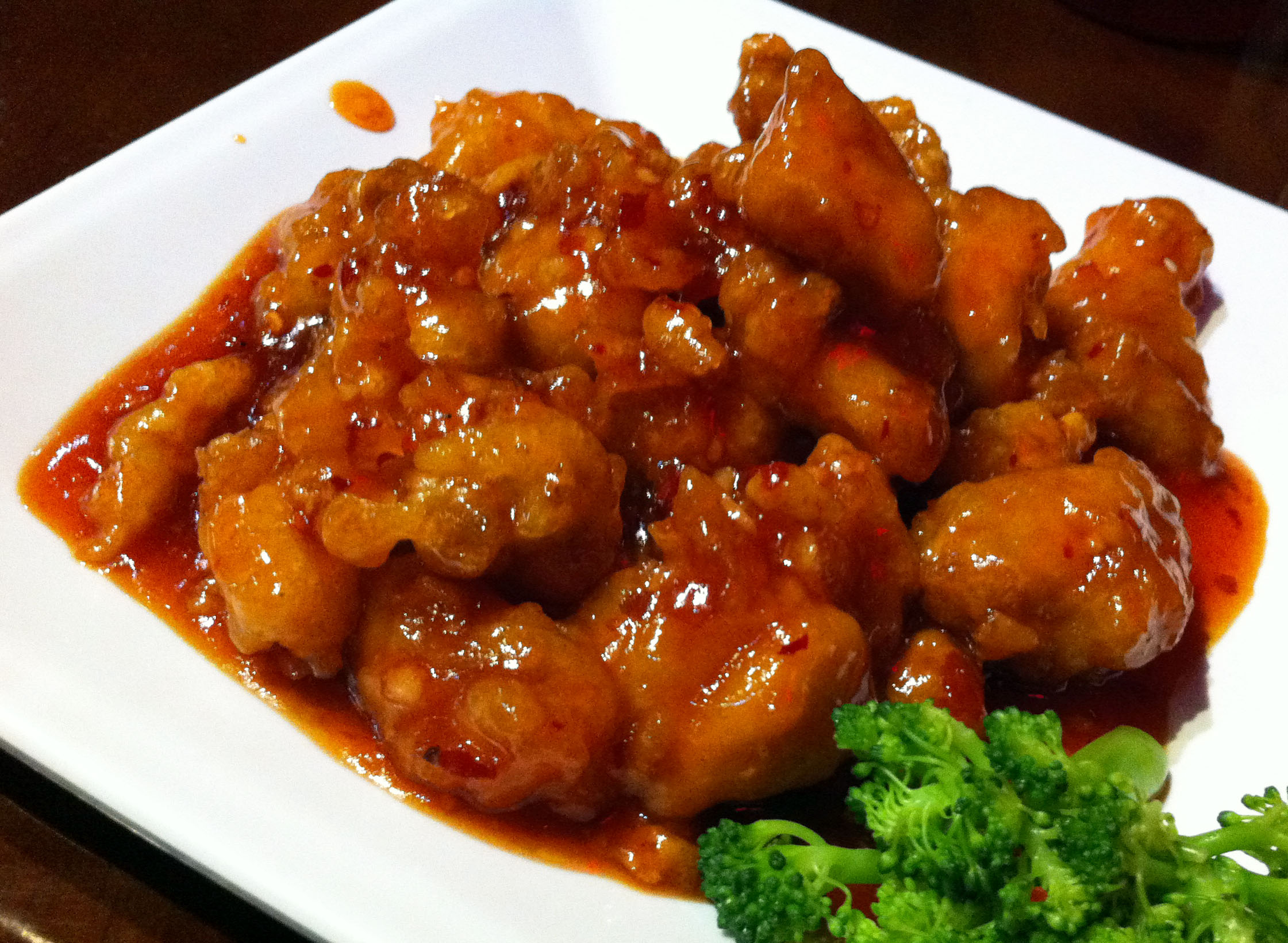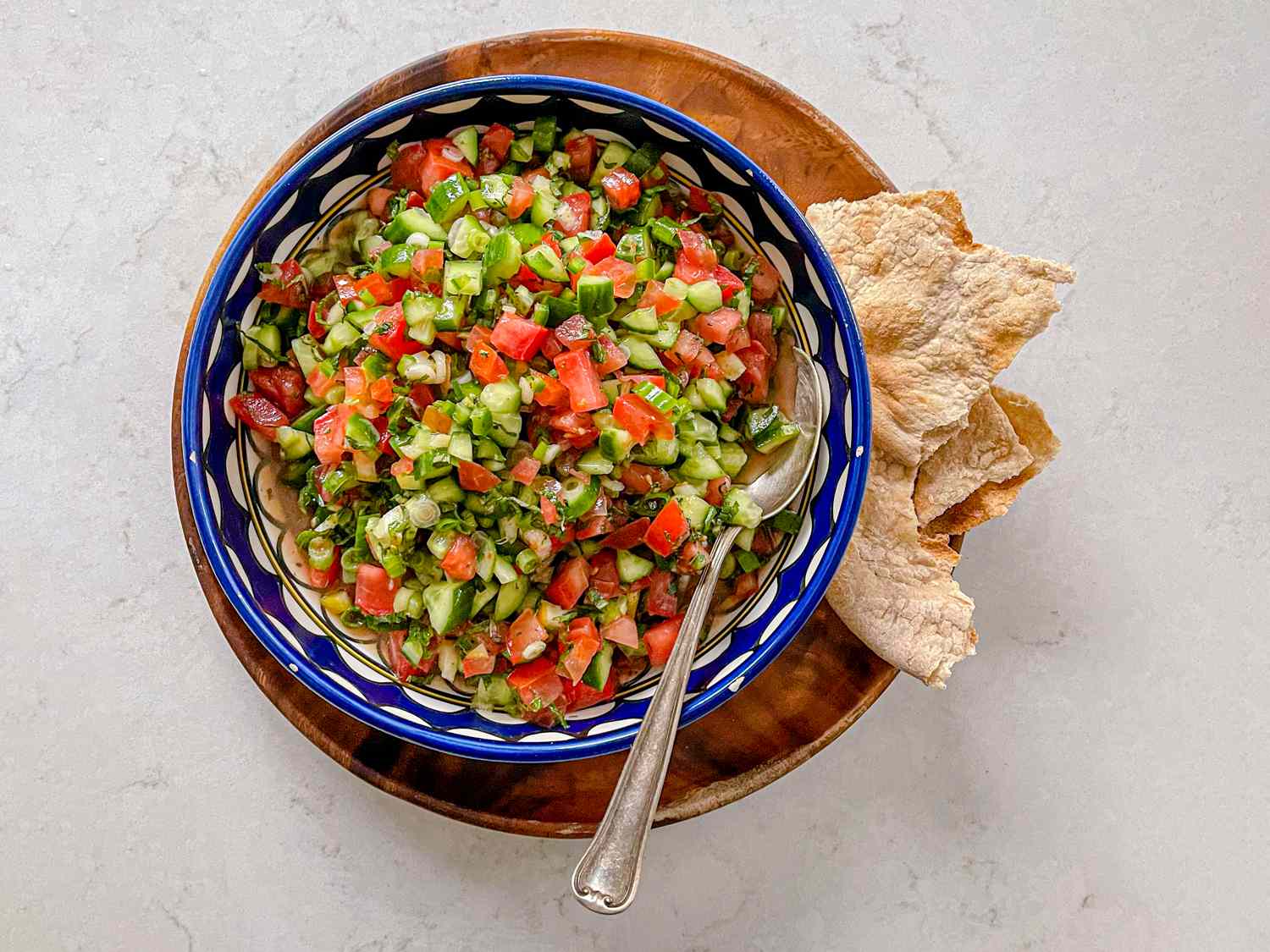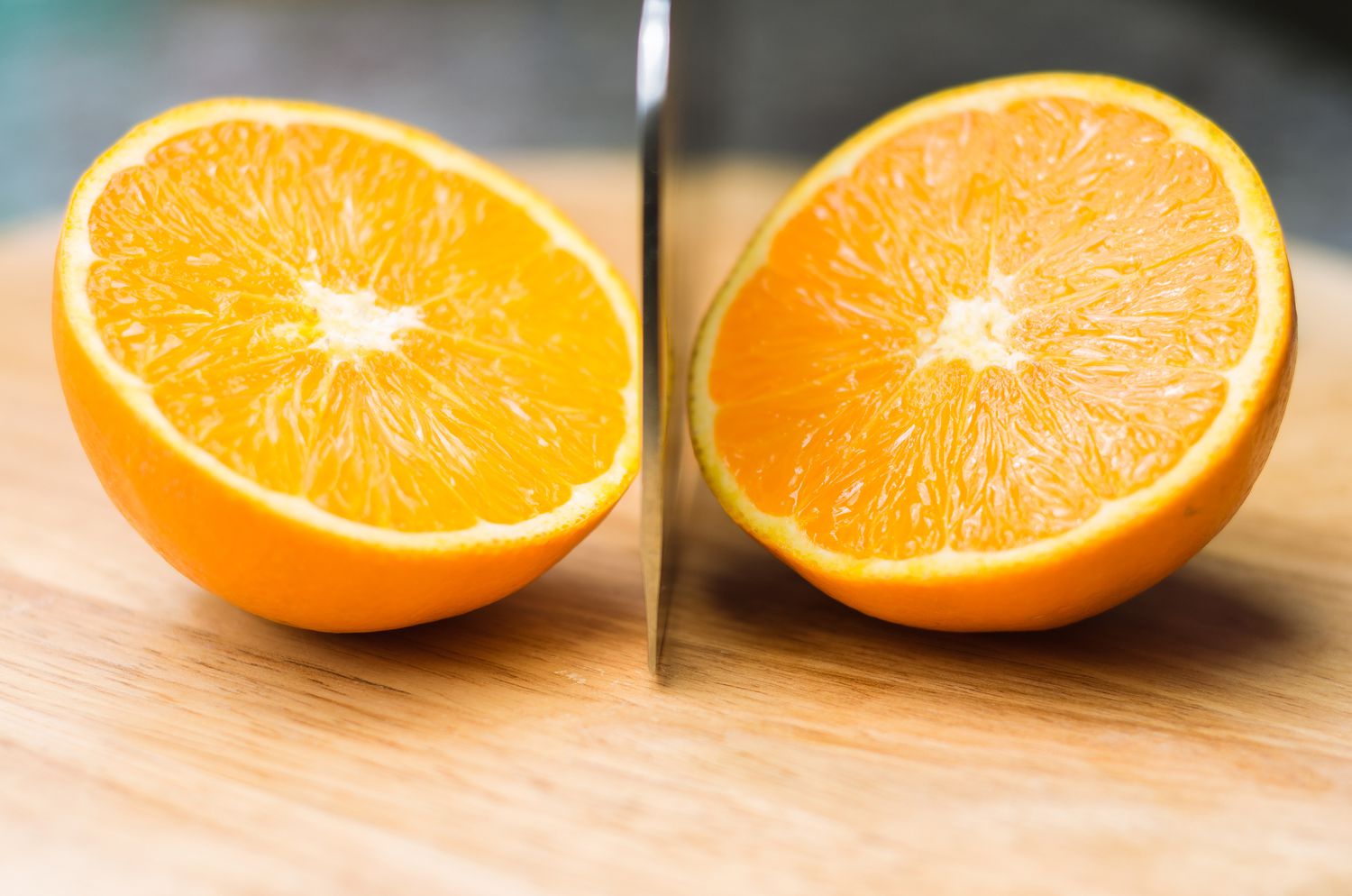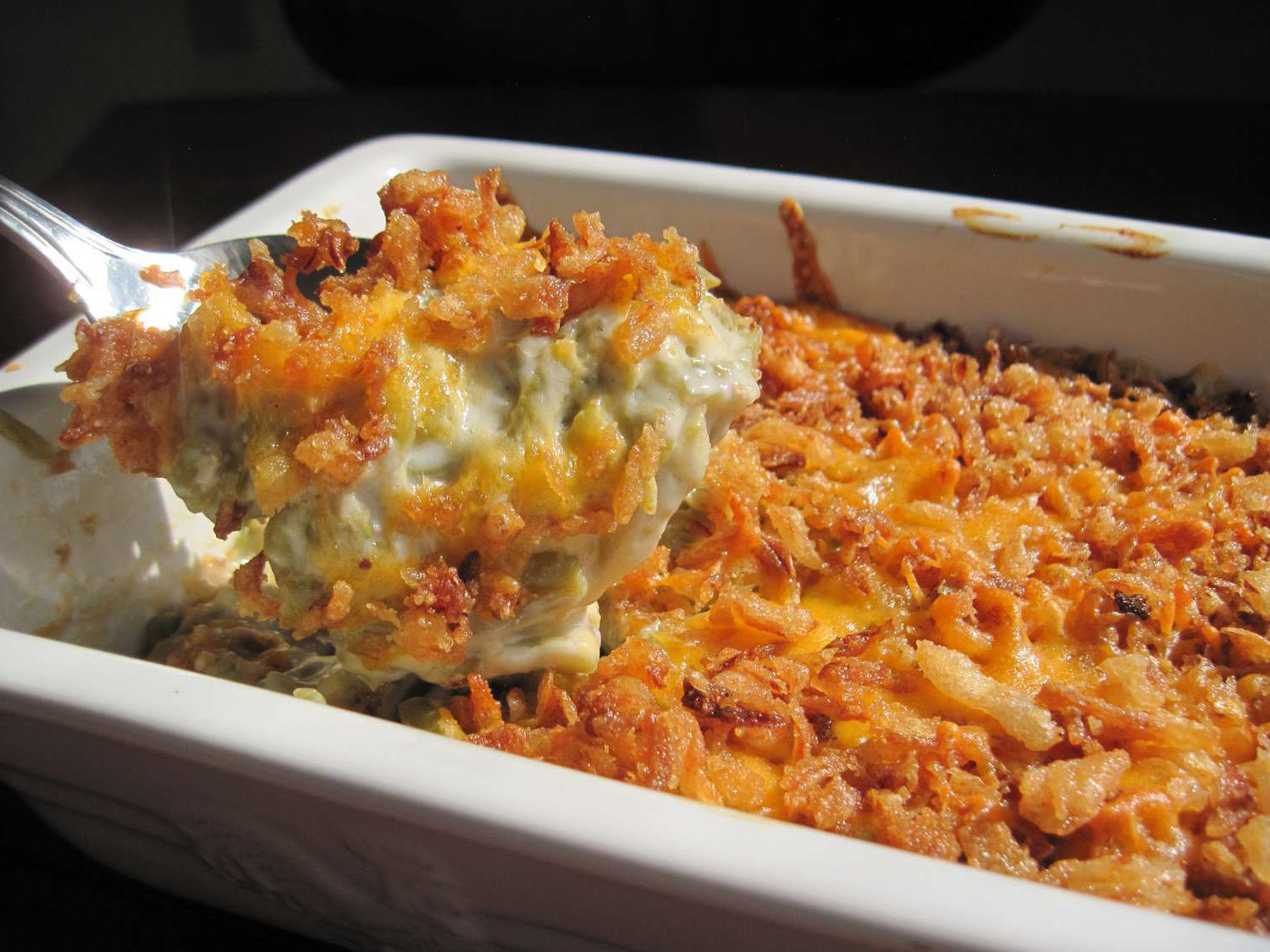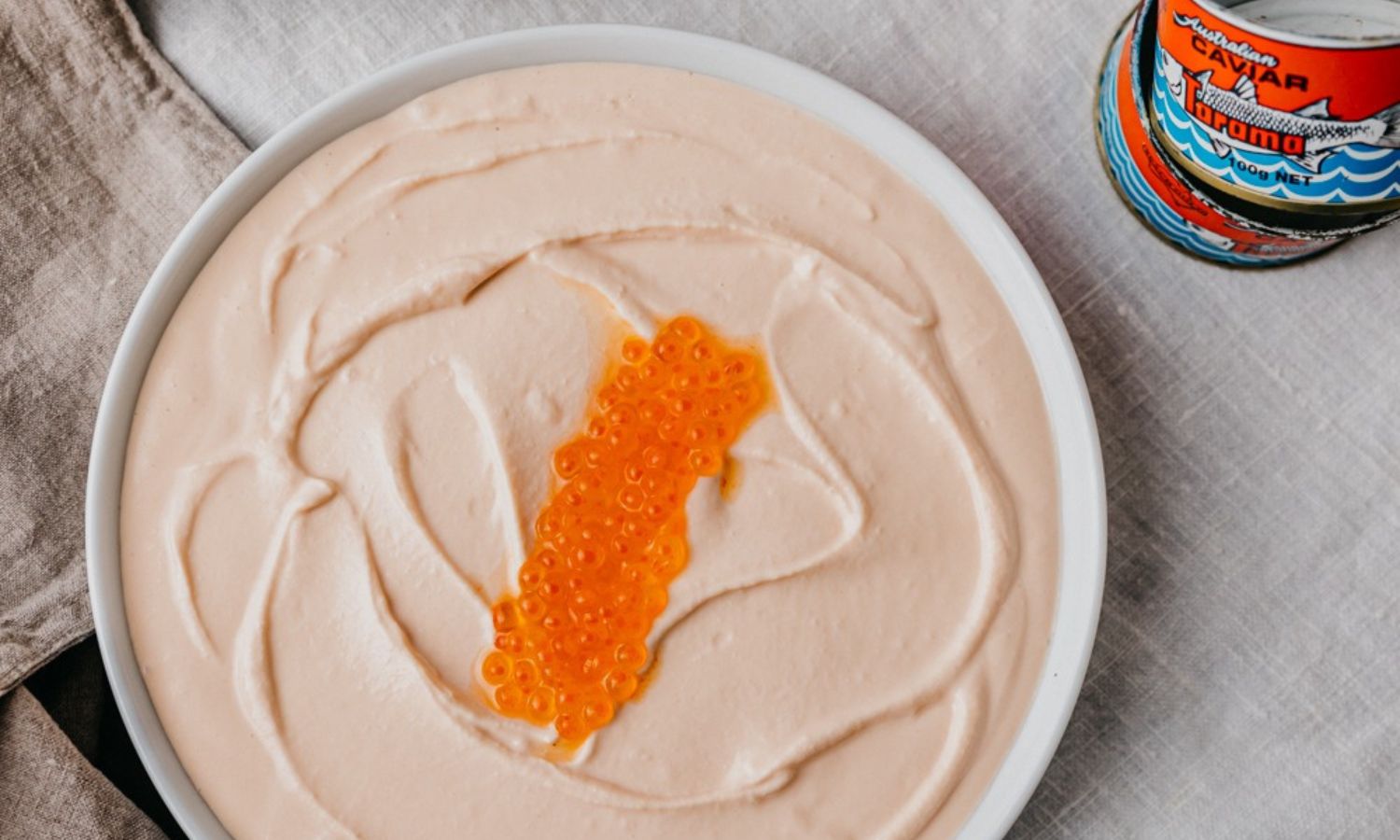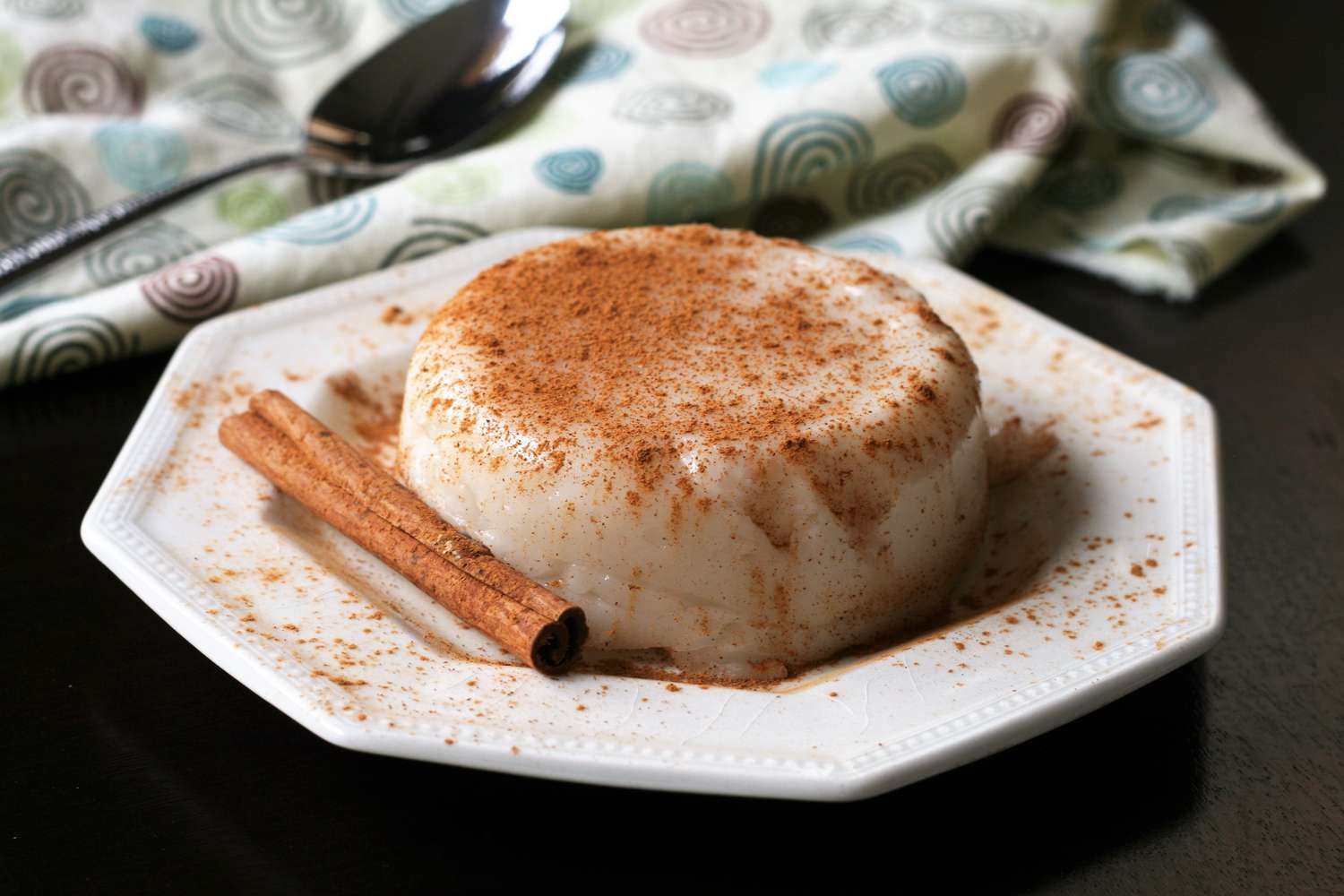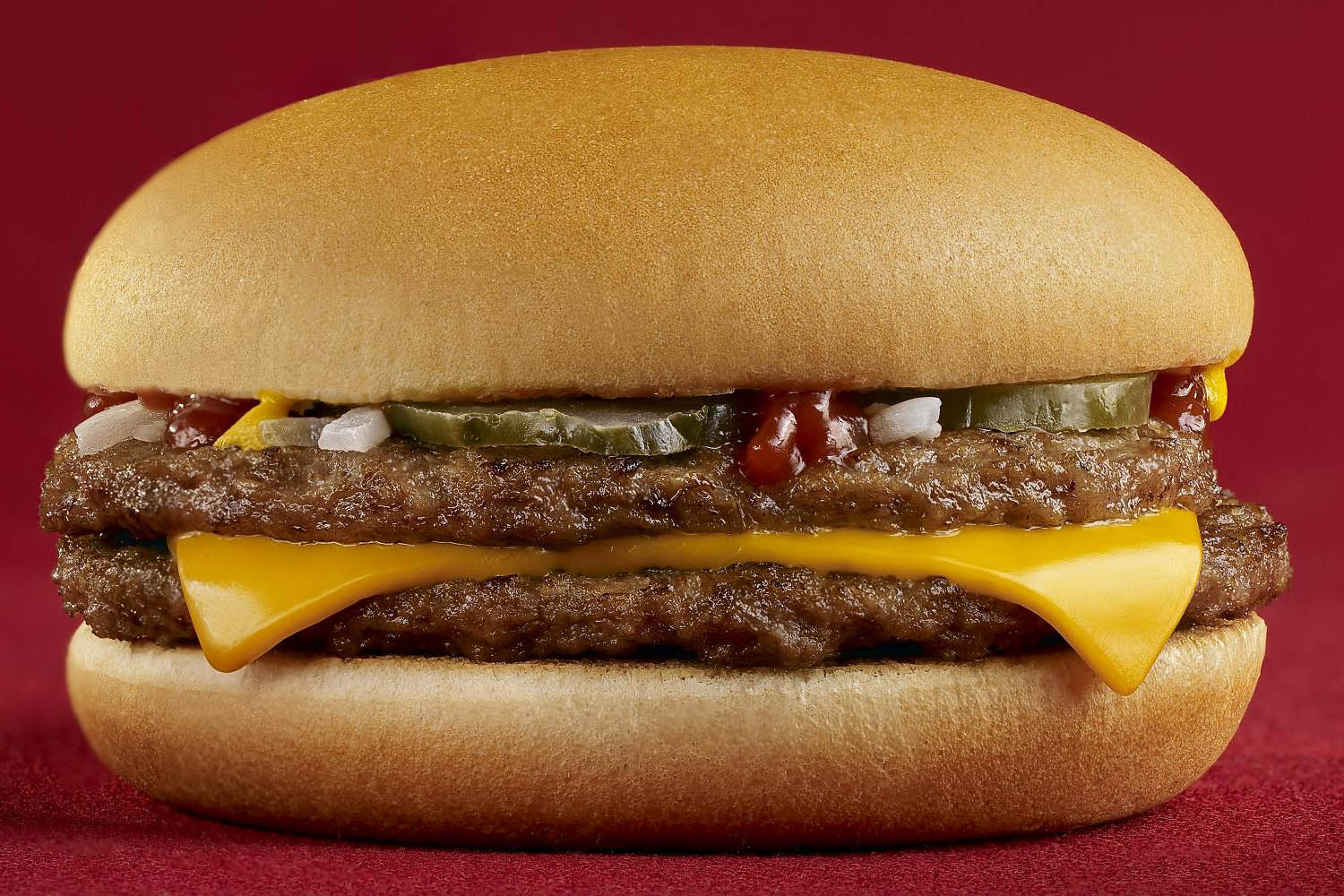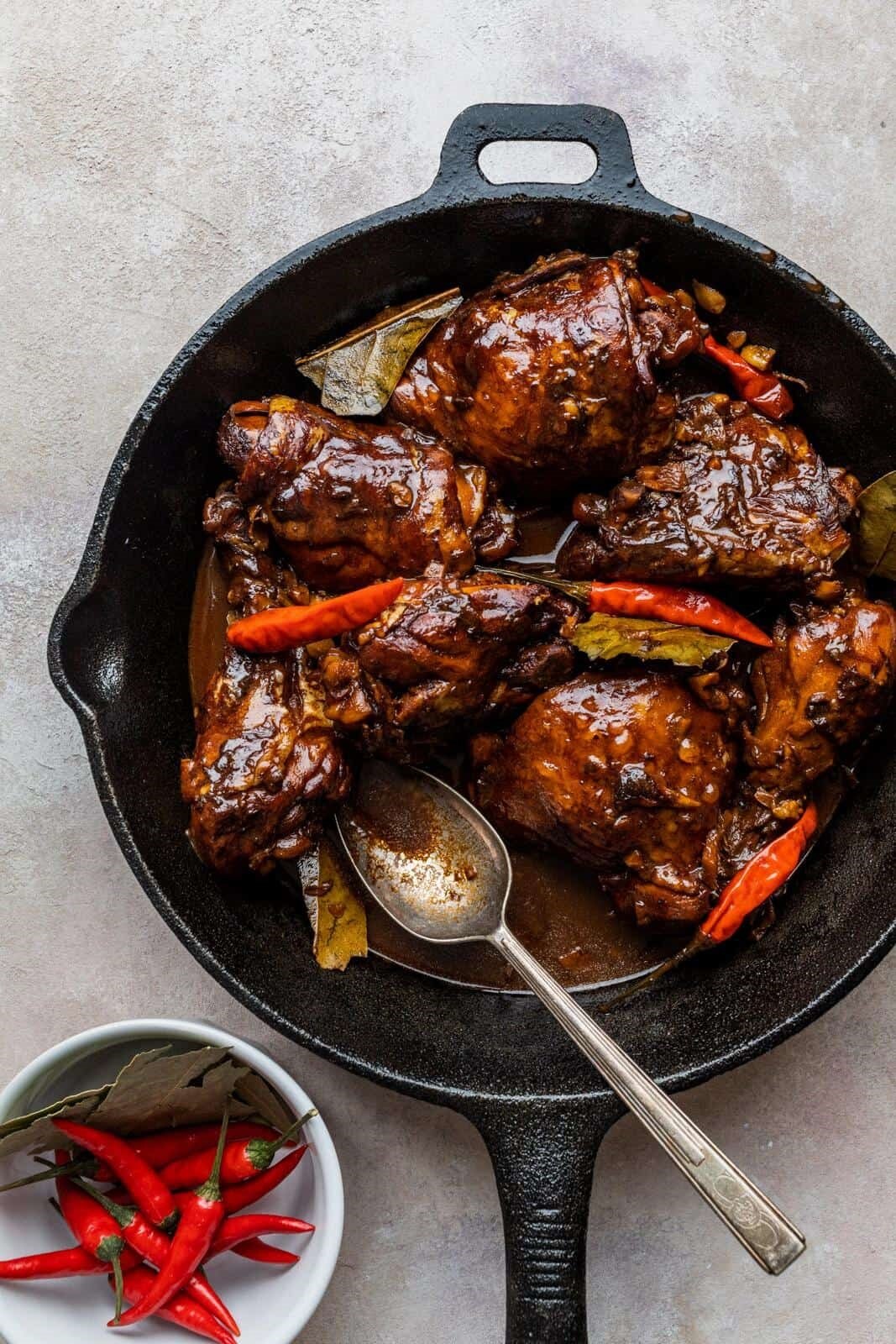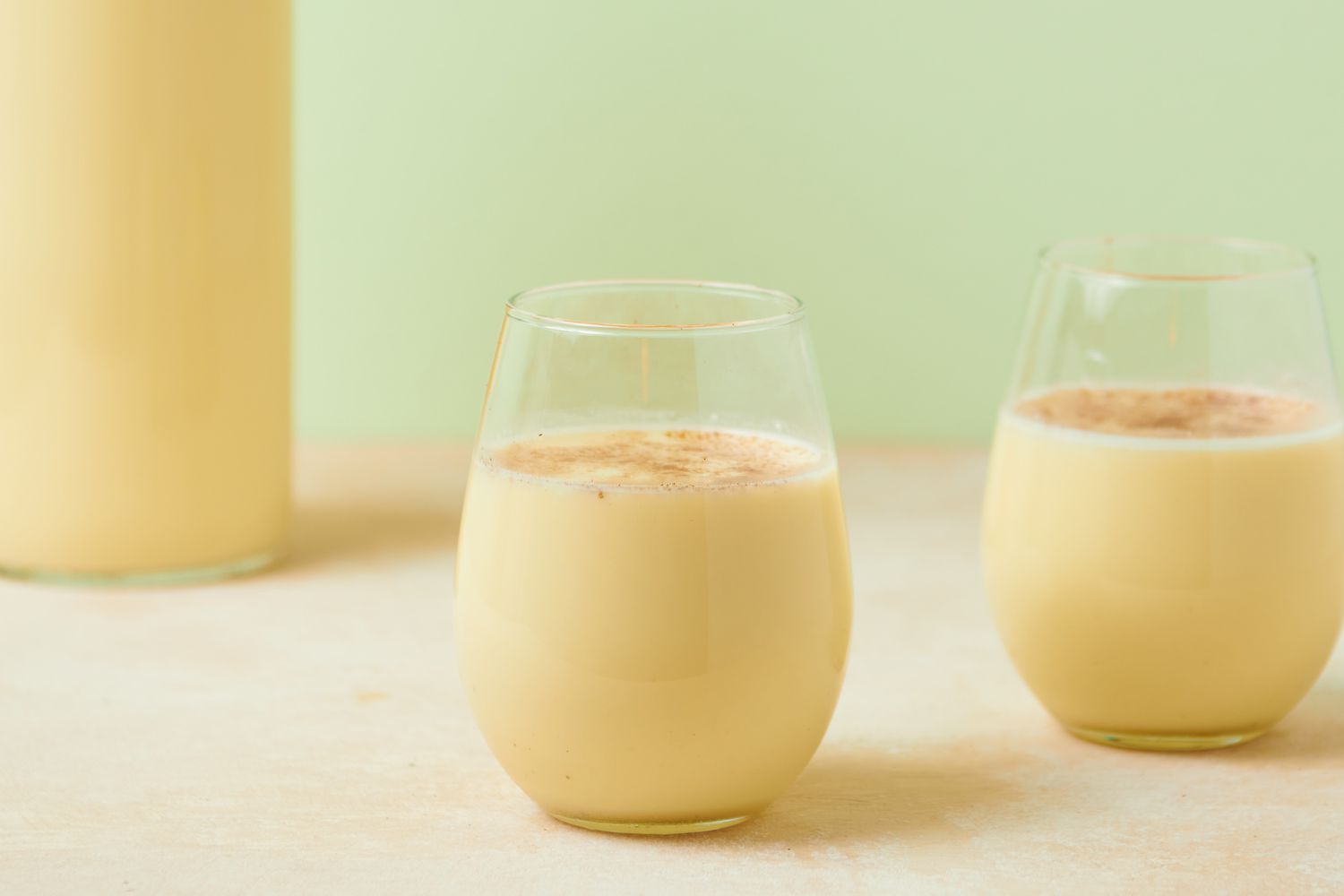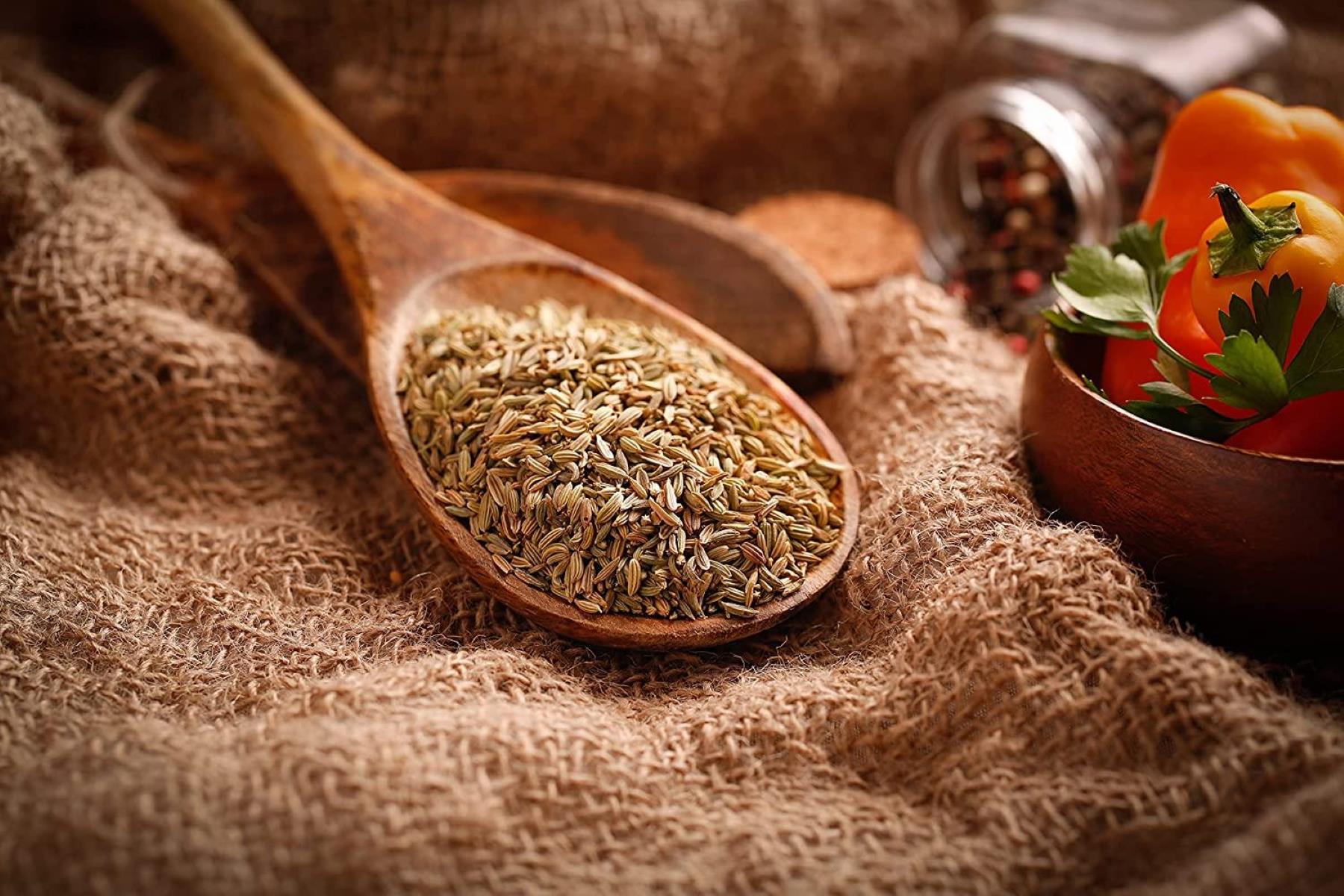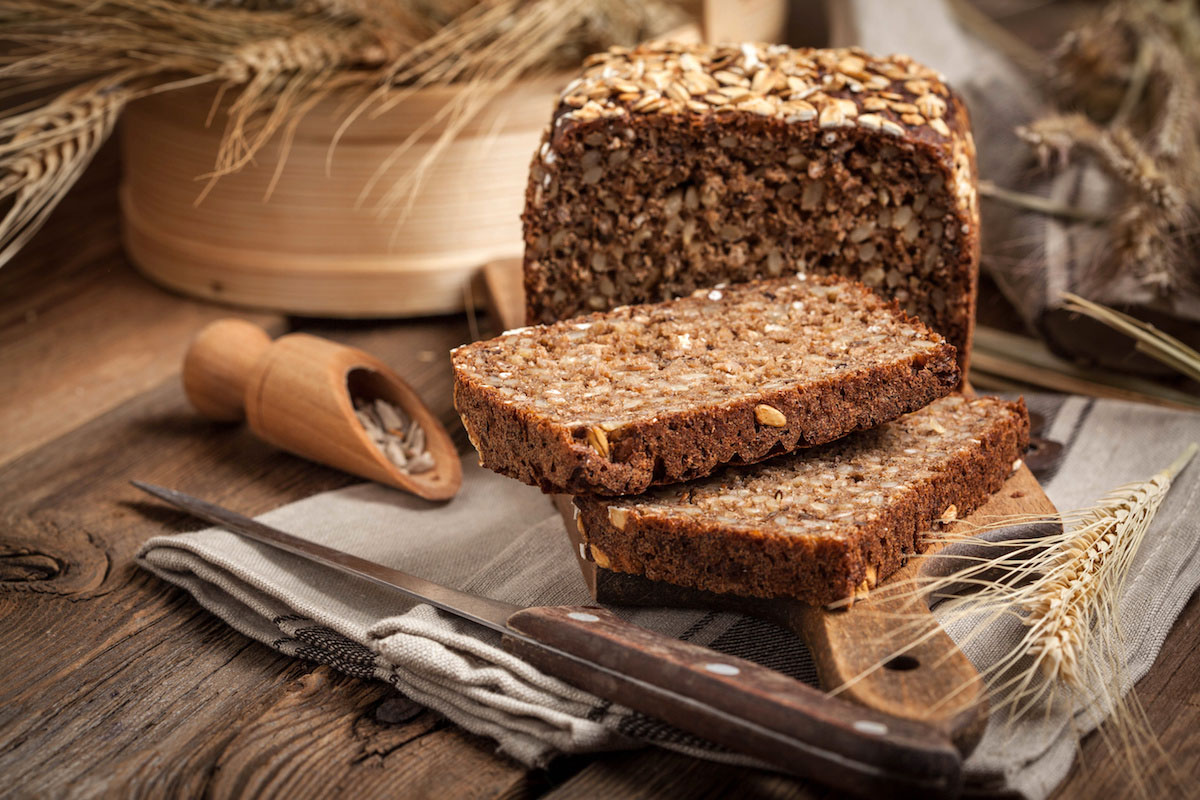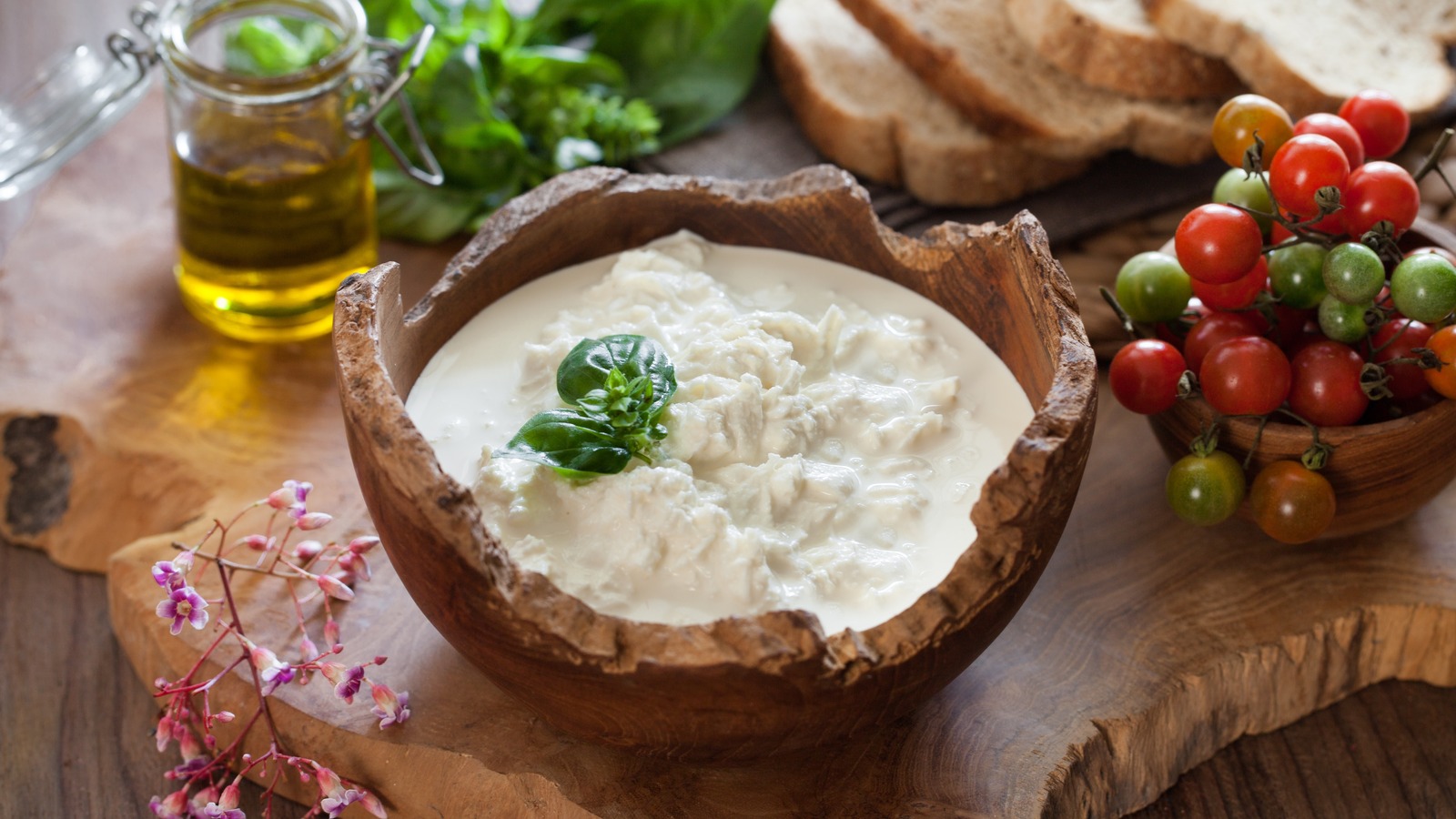When it comes to delectable desserts and creamy fillings, Bavarian cream is a classic favorite. This luscious, velvety treat has been enjoyed for centuries and continues to be a popular choice for pastries, cakes, and other sweet confections. In this article, we'll explore the origins of Bavarian cream, its key ingredients, and how it's used in various culinary creations.
Origins of Bavarian Cream
Bavarian cream, also known as crème bavaroise, is believed to have originated in France during the 19th century. Its name pays homage to the Bavarian region of Germany, although it is not of German origin. This creamy dessert gained popularity across Europe and eventually made its way to the United States, where it became a staple in pastry shops and bakeries.
Key Ingredients
Bavarian cream is made from a few simple yet essential ingredients, including:
- Milk: Provides the creamy base for the dessert.
- Egg yolks: Add richness and help thicken the cream.
- Gelatin: Serves as a stabilizing agent, giving Bavarian cream its characteristic firm yet silky texture.
- Sugar: Sweetens the cream to perfection.
- Vanilla: Infuses the cream with a delightful aroma and flavor.
Making Bavarian Cream
Creating Bavarian cream involves a delicate process to achieve its signature smooth and airy consistency. Here's a basic overview of how it's made:
- Heating the milk: The milk is gently heated in a saucepan until it reaches a simmer.
- Whisking the egg yolks and sugar: In a separate bowl, the egg yolks and sugar are whisked together until they become pale and creamy.
- Combining the ingredients: The hot milk is gradually added to the egg yolk mixture, creating a custard-like base.
- Adding gelatin: Softened gelatin is then incorporated into the warm custard, ensuring that it dissolves completely.
- Chilling and folding: The mixture is chilled until it begins to set, then whipped cream is folded in to create a light and airy texture.
- Setting the cream: Once fully combined, the Bavarian cream is poured into molds and refrigerated until it sets to perfection.
Culinary Uses
Bavarian cream is a versatile component in the world of pastry and dessert making. It can be used in a variety of ways, including:
- Filling for pastries: Bavarian cream is often piped into pastries such as éclairs, cream puffs, and doughnuts, adding a creamy and indulgent element to these treats.
- Cake filling: It can be layered between cake tiers to add a luxurious and flavorful element to cakes.
- Stand-alone dessert: Bavarian cream can be served on its own, often accompanied by fresh fruit or a drizzle of sauce for a simple yet elegant dessert.
Variations and Flavors
While the classic vanilla-flavored Bavarian cream is a timeless favorite, there are numerous variations and flavor combinations to explore. Some popular options include:
- Chocolate: Adding cocoa or melted chocolate to the cream creates a rich and decadent chocolate Bavarian cream.
- Fruit-infused: Incorporating pureed fruits such as berries or citrus adds a refreshing and vibrant twist to the cream.
- Liqueur-infused: For a more adult-oriented flavor, liqueurs such as Grand Marnier or Kahlua can be added to the cream for a sophisticated touch.
In Conclusion
Bavarian cream, with its rich history and delightful flavor, continues to be a beloved component in the world of desserts. Whether enjoyed on its own or as part of a larger confection, its creamy texture and versatility make it a timeless favorite among pastry enthusiasts and dessert lovers alike. So, the next time you indulge in a delectable pastry or dessert, take a moment to appreciate the silky smoothness of Bavarian cream that enhances the overall experience.
Was this page helpful?
Read Next: What Is Ancho Beef?
